
Category: military – Page 118

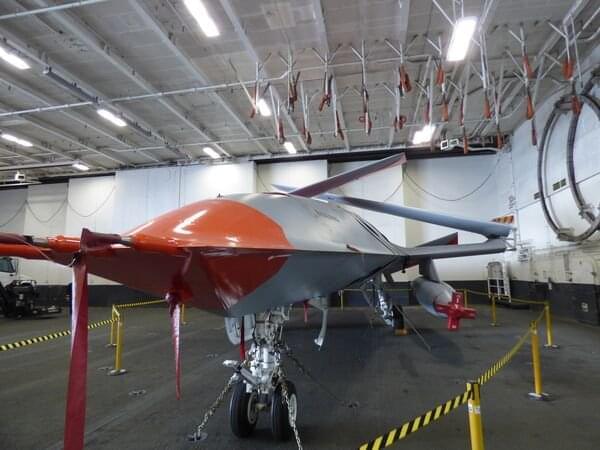
Carrier Bush prepares for additional Stingray testing
https://buff.ly/3yezAQJ #UAV #Defence #OSINT
Technicians plan to conduct deck-handling testing of the MQ-25 Stingray on the aircraft carrier USS George HW Bush (CVN 77) while the ship is underway in December. (Michael Fabey)
Technicians aboard the aircraft carrier USS George HW Bush (CVN 77) were preparing equipment for at-sea deck-handling testing of the Boeing MQ-25 Stingray unmanned aerial vehicle (UAV) on 7 December, according to a media briefing provided that day in the ship’s hangar bay.
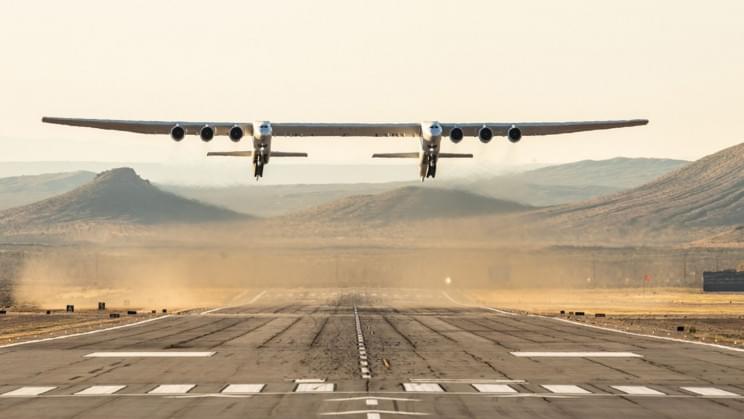
The Pentagon Just Struck a Deal to Test New Hypersonic Aircraft Systems
With ultrafast decoy targets launching from the biggest plane ever made.
The U.S.-based aerospace company Stratolaunch announced that the company has signed a research contract with the Missile Defense Agency (MDA), which is a part of the U.S. Department of Defense (DoD), on hypersonic flight test services.
The DoD has been focused on hypersonic missiles for a long time now, mainly because of the significant threats they present such as difficulties in detecting, tracking, and intercepting due to being able to reach high speeds with the ability to maneuver along a flight trajectory.
Stratolaunch will provide the MDA with targets that mimic hypersonic threats, thus helping the improvement of existing and development of new defense systems.
“We’re excited to provide MDA with a threat-representative and threat-replicating target that allows them to understand how to engage and intercept hypersonic threats,” said Dr. Daniel Millman, Chief Technology Officer of Stratolaunch, in a company press release.
Full Story:
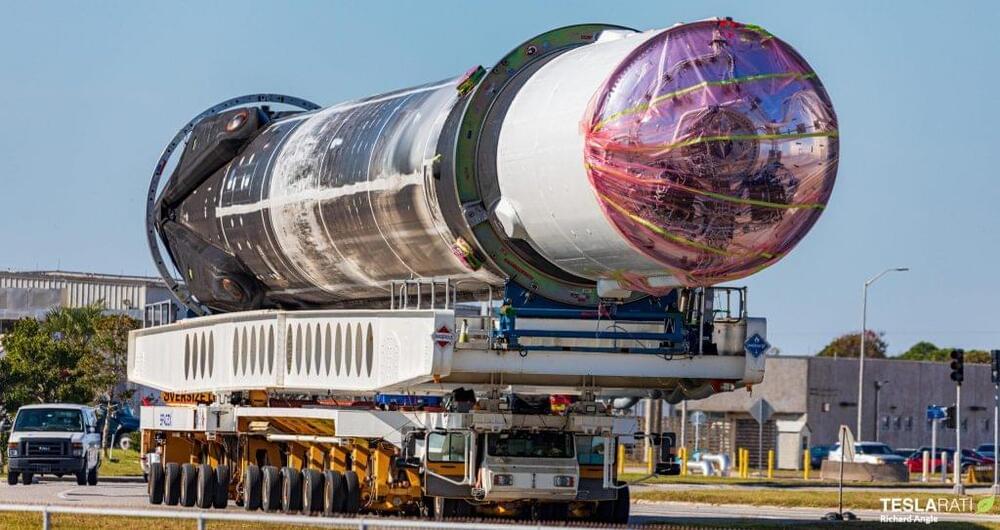
SpaceX converts Falcon Heavy core into Falcon 9 booster
More than two years after the rocket’s last launch, SpaceX appears to have finally decided to give at least one of two surviving Falcon Heavy Block 5 cores a new lease on life as a Falcon 9 booster.
Known as B1052, the Falcon Heavy side core or booster debuted in April 2019 as part of the first flight of the rocket’s Block 5 variant, successfully launching Saudi Arabia’s large Arabsat 6A communications satellite to an almost 90,000 km (56,000 mi) transfer orbit. Following in the footsteps of the first Falcon Heavy, the first Block 5 vehicle repeated its predecessor’s iconic double-landing back at Cape Canaveral. Just 74 days later, both Falcon Heavy Block 5 side boosters B1052 and B1053 launched again, this time supporting the US military’s long-delayed STP-2 rideshare and qualification mission.

3D printing the highest skyscraper? 600km tall structures may be feasible
Circa 2013 😳!
What would you do with a 600km high structure? That would be hundreds of times higher than the highest ever built so far. I think it is feasible. Here I will suggest super-light, super-strong building materials that can substitute for steel and concrete that can be grown up from the base using feasibly high pressures.
I recently proposed a biomimetic technique for printing graphene filaments to make carbon fur (- in this case, for my fictional carbon-obsessed super-heroine Carbon Girl. I am using the Carbon Trio as a nice fun way to illustrate a lot of genuine carbon-related concepts for both civil and military uses, since they could make a good story at some point. Don’t be put off by the fictional setting, the actual concepts are intended to be entirely feasible. Real science makes a better foundation for good science fiction. Anyway, this is the article on how to make carbon filaments, self-organised into fur, and hence her fur coat:)
http://carbondevices.com/2013/07/01/carbon-fur-biokleptic-warmth-and-protection/.
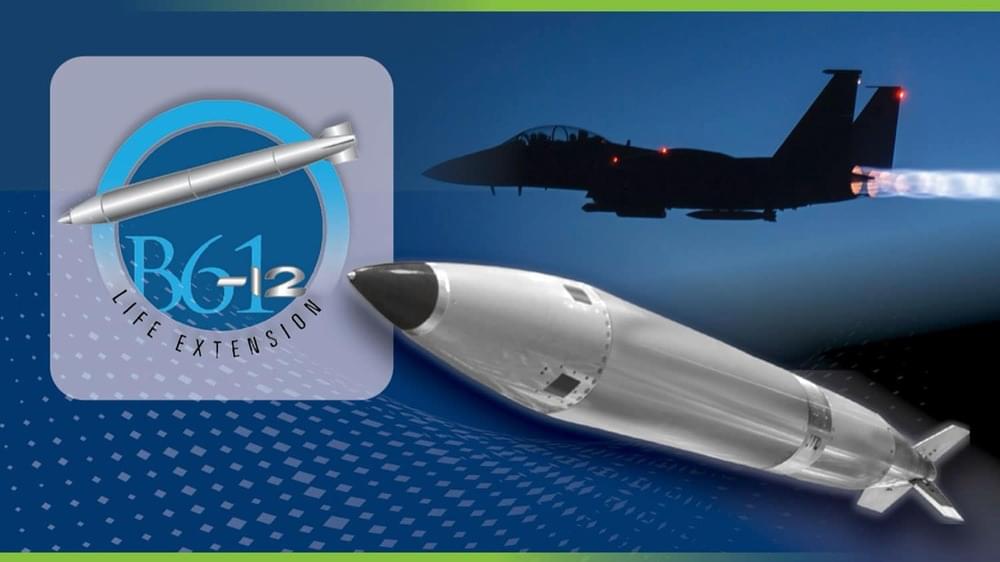
U.S. begins the production of its updated B61-12 nuclear bomb
America’s newest air-dropped nuclear weapon variant has entered production. The U.S. Department of Energy’s National Nuclear Security Administration (NNSA) announced that on November 23, it had successfully completed the first production units of the B61-12 Life Extension Program (LEP), an updated version of the warhead used on weapons dropped from fighters and bombers. This paves the way to create an estimated 480 of the weapons, which will homogenize four existing variants of the bomb.
The B61-12 LEP helps modernize America’s nuclear weapons stockpile and sustain the Nation’s air-delivered nuclear deterrent capability. The nuclear security enterprise and the U.S. Air Force worked together to deliver the B61-12 FPU after more than nine years of design, development, qualification, and component production.
Deployed from U.S. Air Force and North Atlantic Treaty Organization (NATO) bases, the B61 nuclear gravity bomb has been in service for over 50 years. Since the first B61 entered services in 1968, many modifications have been made to improve the B61’s safety, security, and reliability. Currently, there are four B61 variants remain in the stockpile: the 3, 4, 7, and 11. The B61-12 will replace the B61-3, 4, and 7.

DARPA Successfully Transitions Synthetic Biomanufacturing Technologies to Support National Security Objectives
Launched in 2010, DARPA’s Living Foundries program aimed to enable adaptable, scalable, and on-demand production of critical, high-value molecules by programming the fundamental metabolic processes of biological systems to generate a vast number of complex molecules. These molecules were often prohibitively expensive, unable to be domestically sourced, and/or impossible to manufacture using traditional synthetic chemistry approaches. As a proof of concept, DARPA intended to produce 1,000 molecules and material precursors spanning a wide range of defense-relevant applications including industrial chemicals, fuels, coatings, and adhesives.
Divided into two parts – Advanced Tools and Capabilities for Generalizable Platforms (ATCG) and 1,000 Molecules – the Living Foundries program succeeded not only in meeting its programmatic goals of producing 1,000 molecules as a proof-of-concept, but pivoted in 2019 to expand program objectives to working with military mission partners to test molecules for military applications. The performer teams collectively have produced over 1,630 molecules and materials to-date, and more importantly, DARPA is transitioning a subset of these technologies to five military research teams from Army, Navy, and Air Force labs who partnered with the agency on testing and evaluation over the course of the program.
“Biologically-produced molecules offer orders-of-magnitude greater diversity in chemical functionality compared to traditional approaches, enabling scientists to produce new bioreachable molecules faster than ever before,” noted Dr. Anne Cheever, Living Foundries program manager. “Through Living Foundries, DARPA has transformed synthetic biomanufacturing into a predictable engineering practice supportive of a broad range of national security objectives.”

2 new secret combat drones are in the works, Air Force secretary says
The disclosure is the strongest indication yet that the service is banking on autonomous weapon systems to give it an edge in the increasingly fierce military competition with China.
Gravitas: Chinese military mounts a challenge in America’s backyard
Beijing is making moves to challenge the dominance of the American military. Reports claim that China wants to establish its first permanent military presence on the Atlantic Ocean in Equatorial Guinea. Palki Sharma tells you more.
#Gravitas #China #EquatorialGuinea.
About Channel:
WION-The World is One News, examines global issues with in-depth analysis. We provide much more than the news of the day. Our aim to empower people to explore their world. With our Global headquarters in New Delhi, we bring you news on the hour, by the hour. We deliver information that is not biased. We are journalists who are neutral to the core and non-partisan when it comes to the politics of the world. People are tired of biased reportage and we stand for a globalised united world. So for us the World is truly One.
Please keep discussions on this channel clean and respectful and refrain from using racist or sexist slurs as well as personal insults.
Check out our website: http://www.wionews.com.
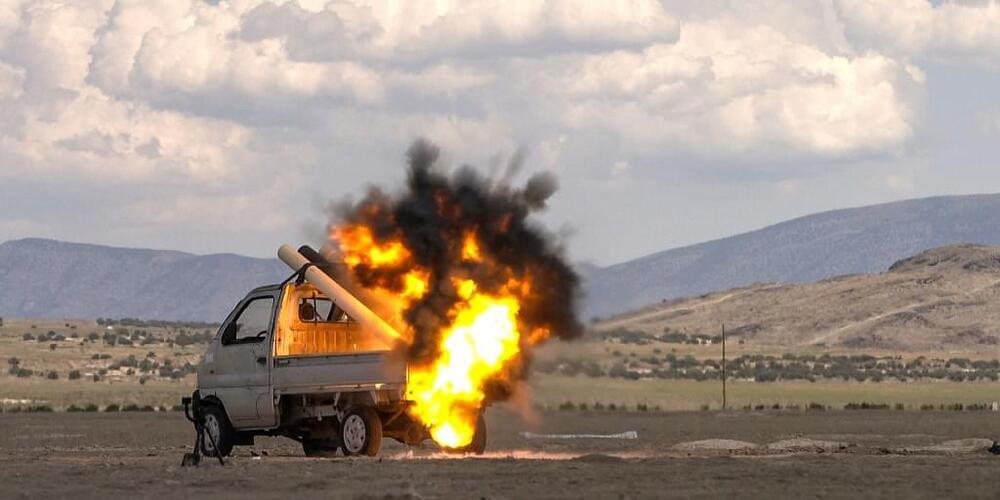
Kamikaze drones: A new weapon brings power and peril to the U.S. military
Americans have become accustomed to images of Hellfire missiles raining down from Predator and Reaper drones to hit terrorist targets in Pakistan or Yemen. But that was yesterday’s drone war.
A revolution in unmanned aerial vehicles is unfolding, and the U.S. has lost its monopoly on the technology.
Some experts believe the spread of the semi-autonomous weapons will change ground warfare as profoundly as the machine gun did.